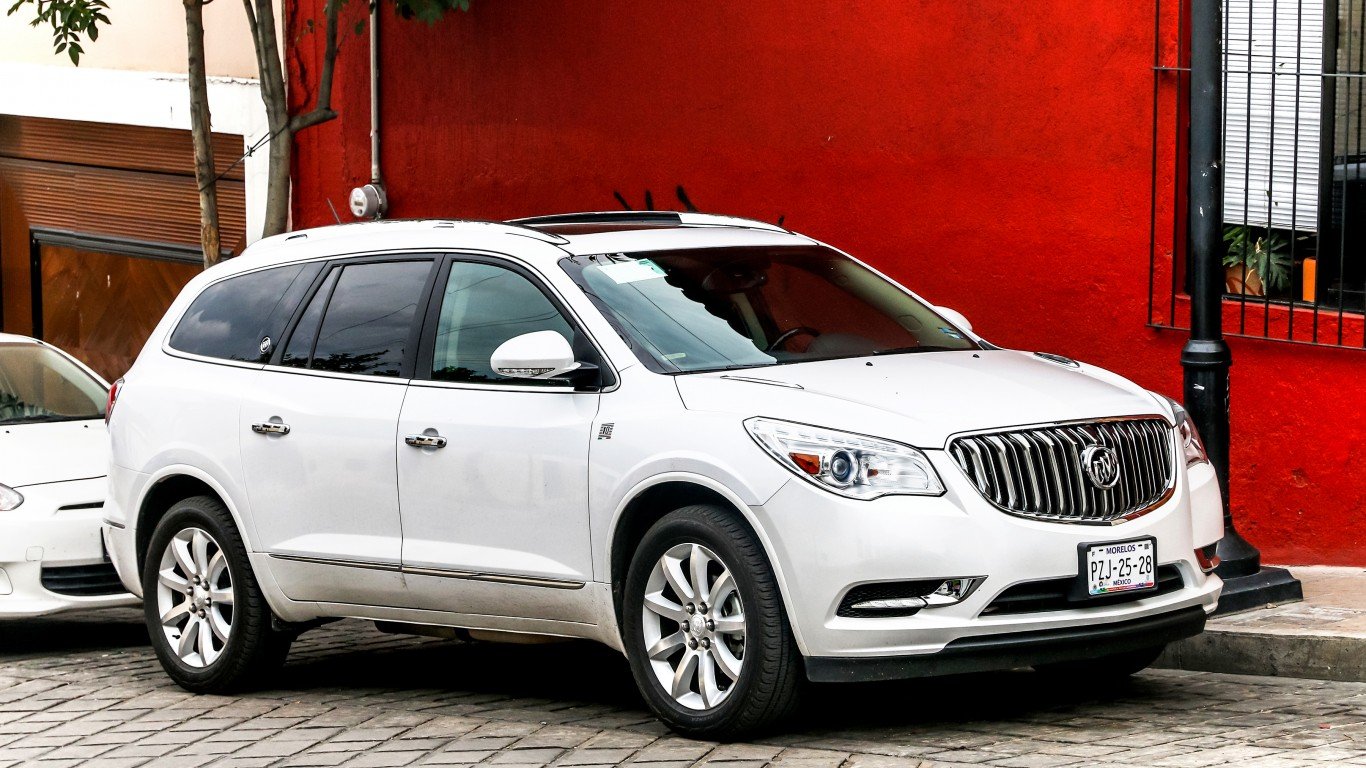The Consumer Reports ratings of cars and light trucks gets almost as much publicity as those from J.D. Power. The nonprofit has announced its best and worst cars for 2013. The most notable result of the report was that no U.S. vehicles made the list. But there are reasons for that, and the absence of other car brands, which Consumer Reports buried in the fine print. Source: Thinkstock
Source: Thinkstock
The first major point the research operation made what that:
The top seven brands are Japanese, with Toyota accounting for three and Honda, two. Most Detroit brands fall toward the bottom, with several marred by subpar reliability. European brands usually score in between, with cars that are comfortable and enjoyable to drive but usually offer only average or worse reliability. Audi is the notable exception this year.
That tells only part of the story:
To be included, each brand needs at least three models for which we have test and reliability data. That’s why we didn’t include Fiat, Jaguar, Land Rover, Mitsubishi, Porsche, Ram, or Smart: Each had too few models for which we had adequate reliability data. Several sell fewer than three models.
And:
No pickup was chosen because GM’s and Chrysler’s full-sized models have been revamped and we haven’t yet tested them.
Those caveats mean that a reasonably decent portion of the universe of vehicles that might have been tested were not. For the overall report to be conclusive, that level of exclusions is unacceptable.
Consumer Reports bragged about its own prowess as an evaluator of vehicles sold in the United States:
Our Top Picks are as close as it gets to “no-brainers” in the auto market. They’re impressive all-around vehicles, chosen from more than 280 we’ve recently tested, that have excelled in our testing, are reliable, and have performed well in independent crash tests. What’s not to like?
What’s not to like is that the playing field is tilted, and the analysis has too many exceptions.
Essential Tips for Investing: Sponsored
A financial advisor can help you understand the advantages and disadvantages of investment properties. Finding a qualified financial advisor doesn’t have to be hard. SmartAsset’s free tool matches you with up to three financial advisors who serve your area, and you can interview your advisor matches at no cost to decide which one is right for you. If you’re ready to find an advisor who can help you achieve your financial goals, get started now.
Investing in real estate can diversify your portfolio. But expanding your horizons may add additional costs. If you’re an investor looking to minimize expenses, consider checking out online brokerages. They often offer low investment fees, helping you maximize your profit.
Thank you for reading! Have some feedback for us?
Contact the 24/7 Wall St. editorial team.



